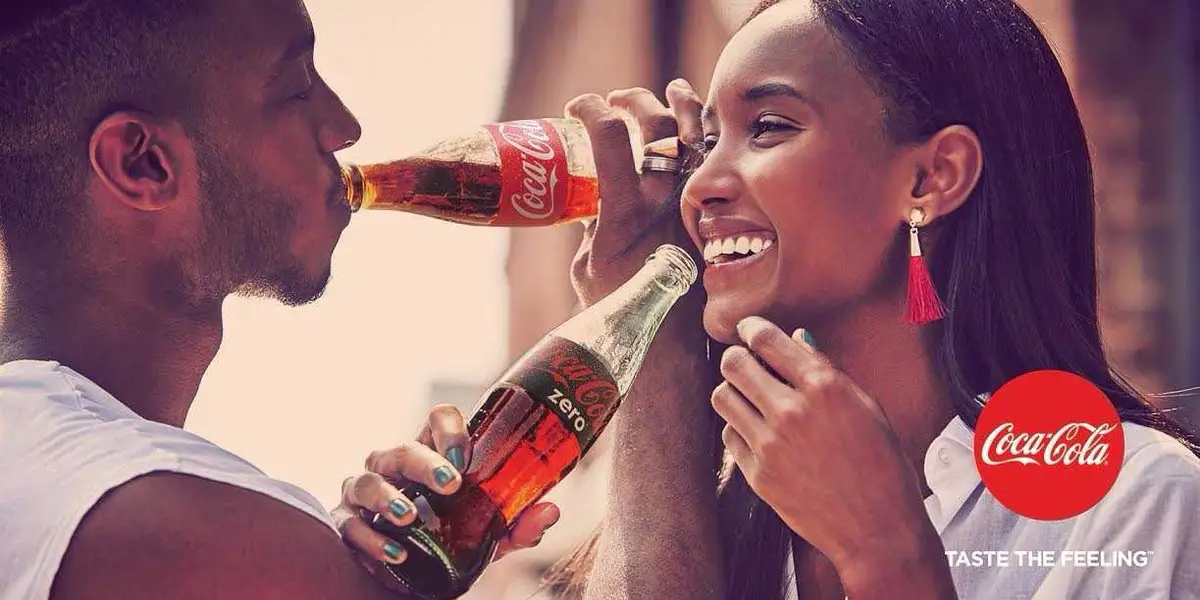Association Bias
Why Experience can damage our judgment
Our brain is a connection machine. This is quite practical: if we eat an unknown fruit and feel sick afterward, we avoid it in future, labelling the plant poisonous or at least unpalatable. This is how knowledge comes to be. However, this method also creates false knowledge.
Russian scientist Ivan Pavlov was the first to conduct research into this phenomenon. His original goal was to measure salivation in dogs. He used a bell to call the dogs to eat, but soon the ringing sound alone was enough to make the dogs salivate. The animals’ brains linked two functionally unrelated things – the ringing of a bell and the production of saliva.
Pavlov’s method works equally well with humans. Advertising creates a link between products and emotions. For this reason, you will never see Coke alongside a frowning face or a wrinkly body. Coke people are young, beautiful and oh so fun, and they appear in clusters not seen in the real world.

These false connections are the work of the association bias, which also influences the quality of our decisions. For example, we often condemn bearers of bad news, since we automatically associate them with the message’s content (otherwise known as shoot-the-messenger syndrome). Sometimes, CEOs and investors (unconsciously) steer clear of these harbingers, meaning the only news that reaches the upper echelons is positive, thus creating a distorted view of the real situation. If you lead a group of people, and don’t want to fall prey to false connections, direct your staff to tell you only the bad news – and fast. With this, you overcompensate for the shoot-the-messenger syndrome and, believe me, you will still hear enough positive news.
‘We should be careful to get out of an experience only the wisdom that is in it – and stop there; lest we be like the cat that sits down on a hot stove-lid. She will never sit down on a hot stove-lid again – and that is well; but also she will never sit down on a cold one anymore.’ — Mark Twain